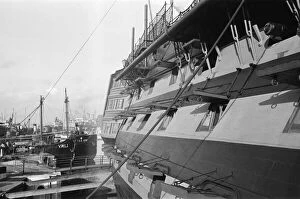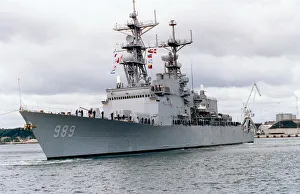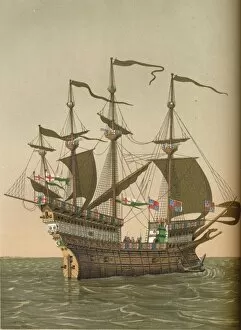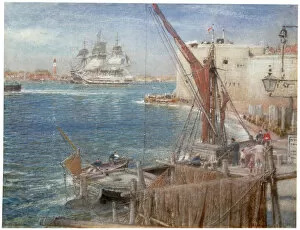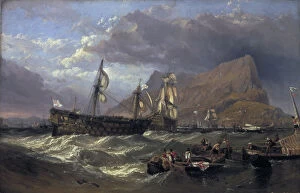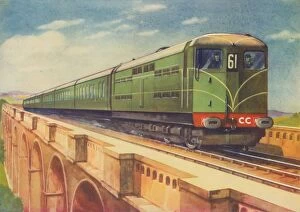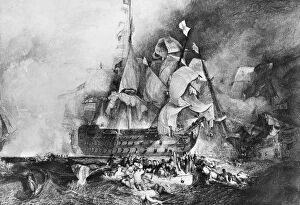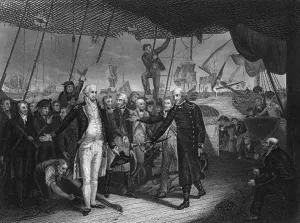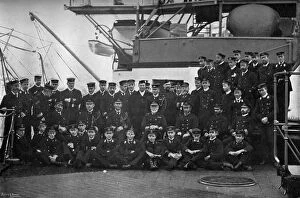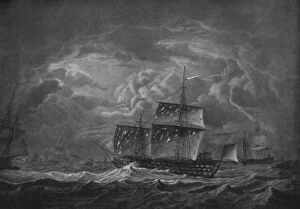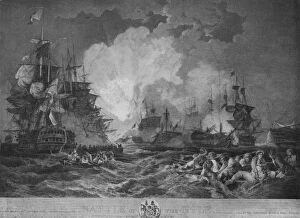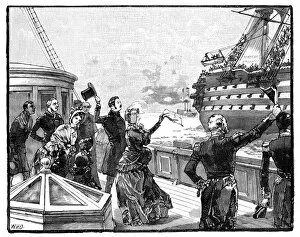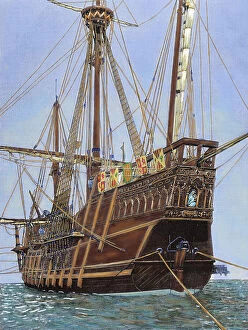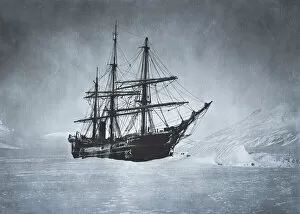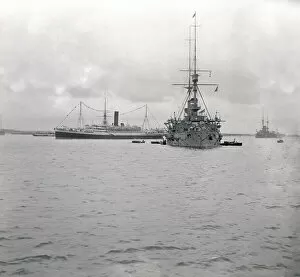Flagship Collection (page 5)
"Flagship: A Symbol of Power, Resilience, and Legacy" The term "flagship" evokes images of grandeur and significance in the maritime world
All Professionally Made to Order for Quick Shipping
"Flagship: A Symbol of Power, Resilience, and Legacy" The term "flagship" evokes images of grandeur and significance in the maritime world. From historic vessels like HMS Victory to modern icons such as the QE2, these ships have left an indelible mark on history. HMS Victory stands tall as a testament to British naval supremacy. As Admiral Lord Nelson's flagship during the Battle of Trafalgar, it played a pivotal role in securing victory against Napoleon's forces. Its towering masts proudly displayed flags that symbolized courage and determination. Speaking of flags, they hold immense importance aboard flagships. They communicate messages with precision and clarity. Nelson's famous quote, "England expects that every man will do his duty, " was signaled from HMS Victory before the decisive battle commenced. Moving forward in time, we encounter the majestic QE2 - a floating palace that epitomized luxury travel for decades. This iconic ship transported passengers across oceans while embodying elegance and sophistication. Not all they are built for peaceful voyages; some endure harsh conditions in times of conflict. H. M. S Warspite proved its mettle during both World Wars, surviving relentless attacks with unwavering resilience. In extreme environments like Antarctica, The Endurance showcased bravery amidst adversity when Sir Ernest Shackleton led his crew through treacherous ice-filled waters on their ill-fated expedition. Even landlocked places can boast flagships; Blackpool houses Nelson's Flagship Foudroyant – a proud reminder of Britain's naval heritage nestled away from open seas but still captivating visitors with its historical allure. Beyond ships themselves, other entities have adopted this term to represent excellence or prominence. In 1929 Buick advertisement proclaimed their car as the "flagship" model – an embodiment of style and innovation within their fleet. Sometimes flagships become intertwined with tragic events.




